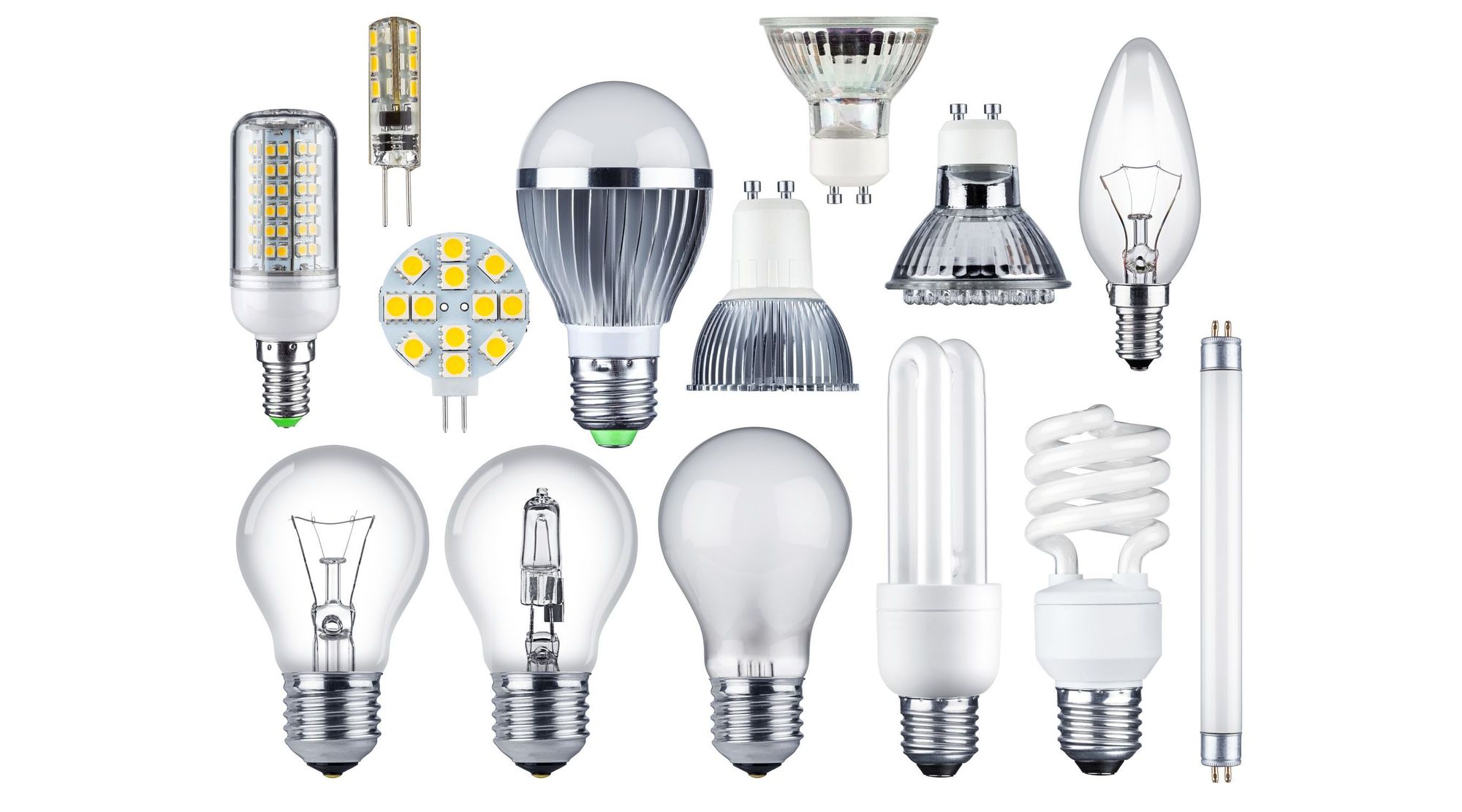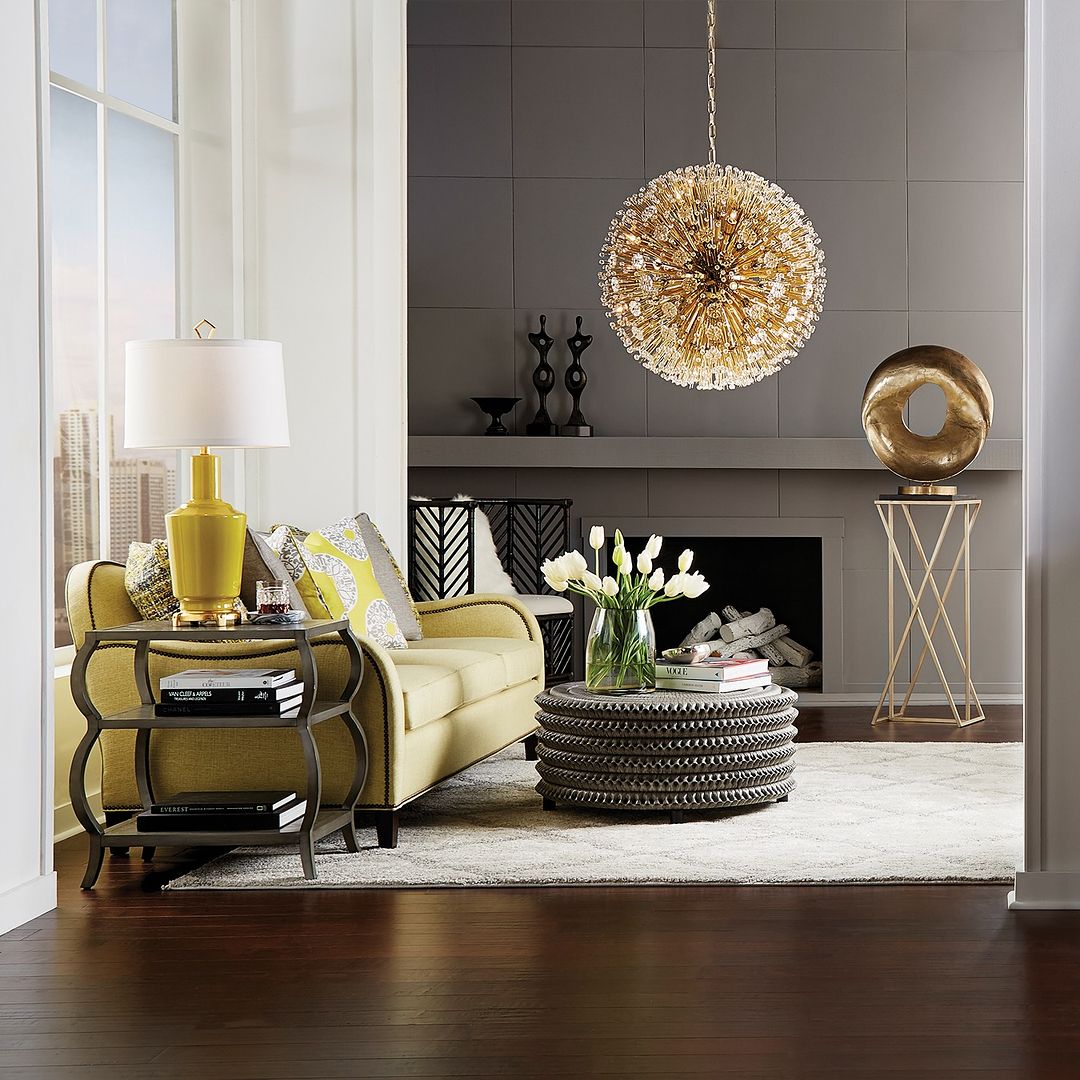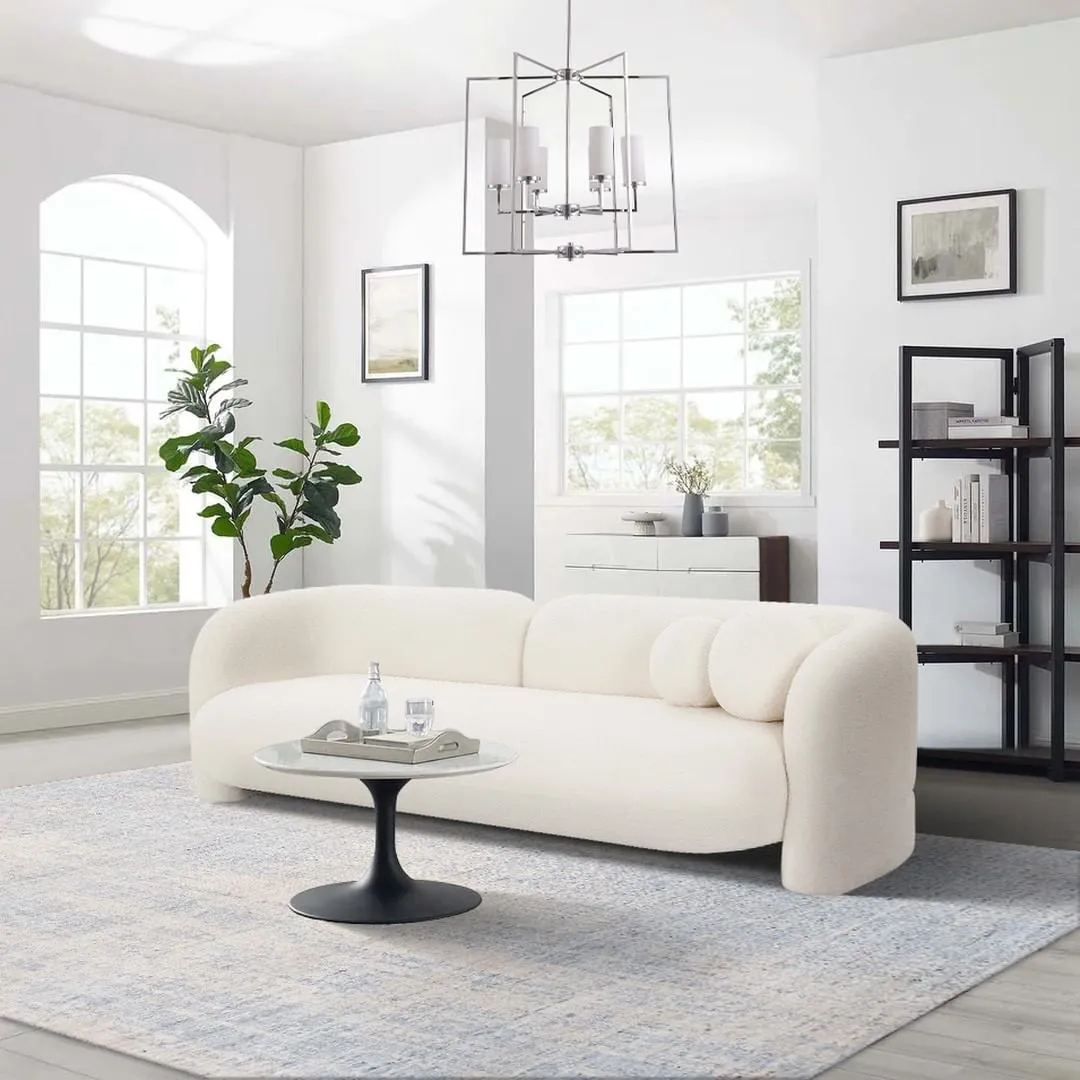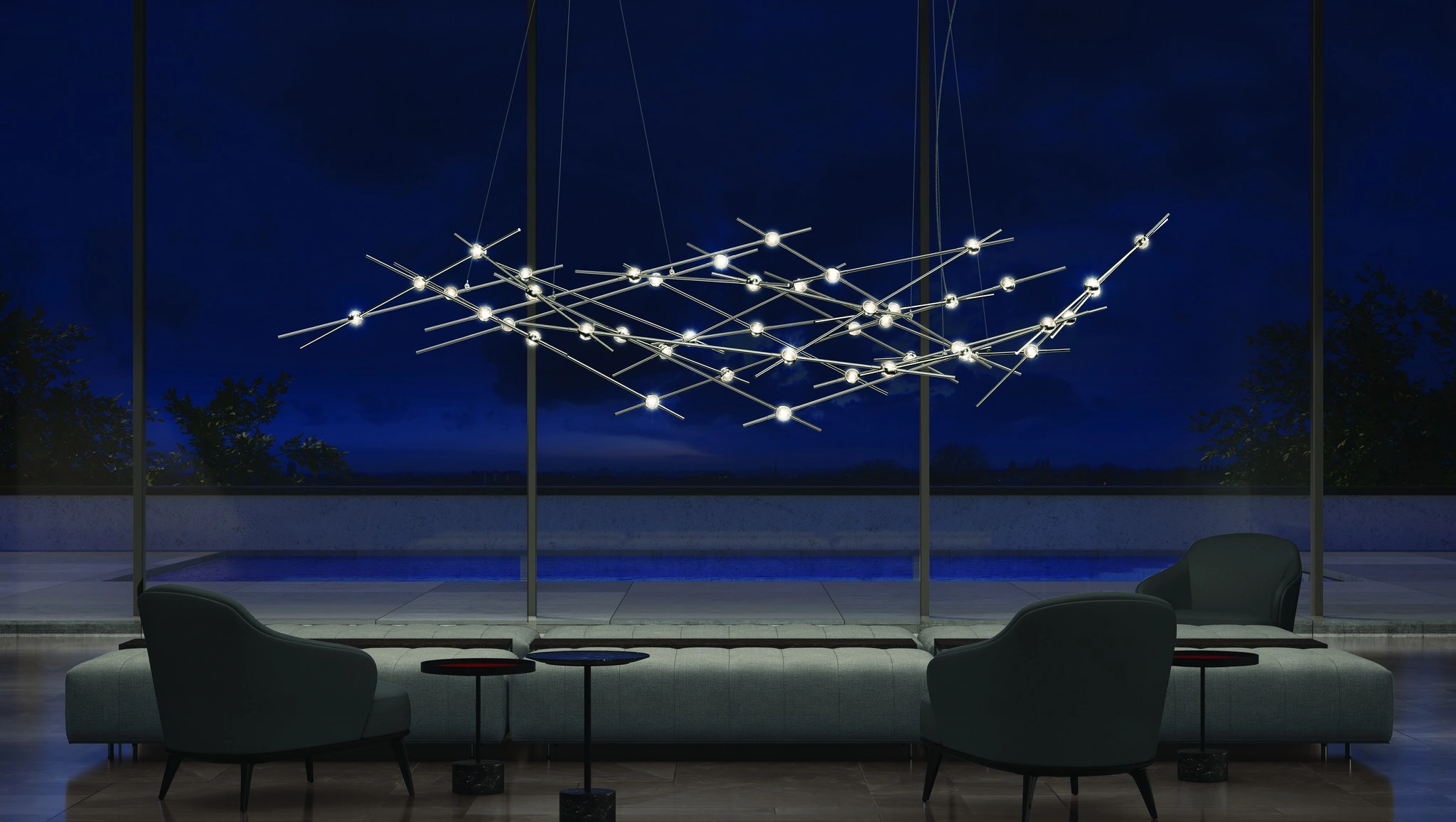LIGHTING IS CONSIDERED ONE OF THE MOST IMPORTANT ASPECTS OF INTERIOR DESIGN
Our mood, health, and working condition also depend on it. At the moment, the range of bulbs has expanded significantly, and choosing a really high-quality device has become a process that requires special attention. Therefore, before choosing the most suitable lighting, you should familiarize yourself with the existing types of light bulbs.
INCADESCENT LIGHT BULBS
This type of bulbs is considered the most ancient since they were the first to be invented. Incandescent lamps became the prototype of the structure of all subsequent lamps, in addition to LED. Their characteristic feature is a pleasant yellow light. Such lighting can add a special comfort and atmosphere to any room. But it is highly undesirable to use this type of lamp for lighting trade showcases. Because under the influence of their light, the color of the product may be distorted. This type of light bulb works due to a tungsten filament through which an electric current passes, as a result of which it heats up and emits light.
- Benefits
Compared to others, these lamps have the least amount of benefits. Still, they should not be underestimated, because in some cases this type of lighting may be the most suitable. One of the main advantages of incandescent lamps is their low price. Thanks to this factor, they continue to be in good demand. The radiation spectrum of this type of lamp directly depends on the temperature of the working medium and is not influenced by external factors. Thanks to this, the operating principle is always stable over time and is characterized by predictability and consistency. And it looks especially advantageous with light compositions. In the case of using other types of lamps, it is often possible to notice a difference in color shades within a group. Which in turn spoils the aesthetic impression. Another important feature of incandescent lamps is the low level of ultraviolet radiation. Due to this quality, it is advisable to use them in the interior of museums. Since ultraviolet light tends to yellow the material, incandescent light bulbs will have the least negative effect on paintings and exhibits.
- Disadvantages
The main disadvantage of this type of bulbs is its fragility and low luminous efficiency. They are quite energy-consuming and burn out often when energy drops. Also, when using incandescent lamps, it should be borne in mind that the fixture of the luminaire must be heat-resistant since such bulbs get very hot. Over time, the bulb of light bulbs can become cloudy, from which the brightness of the light is lost.
EDISON BULBS
Edison bulbs are the same incandescent bulbs, but stylized in antique style. Their prototype is the light bulb invented by Thomas Edison in 1879. They were originally used for practical purposes, but today they are more popular as a decorative element. Edison bulbs can be found in the retro interiors of restaurants, bars, and shops. Their distinctive feature is a soft amber glow, which creates an atmosphere of comfort and home warmth. Tungsten filament, which is a structural part of a light bulb, can be bent in the form of a spiral, hairpin, loop, tree, cage, leaf. Thanks to this, an original design is created inside the glass bulb.
- Benefits
Edison bulbs are quite popular in lighting design. Thanks to the thin and figured tungsten filaments, they can be used without lampshades. Their light does not dazzle. They look good both separately and in compositions. Edison bulbs have a wide variety of shapes, they can be round, oval, rectangular, long, square, barrel-shaped, pear-shaped, etc. Unlike LEDs, Edison bulbs do not require the use of a transformer. They are resistant to temperature changes, do not buzz or flicker.
- Disadvantages
Lifespan is relatively short. It ranges from 3000 to 5000 hours. These bulbs consume a lot of energy and are expensive. As a result, Edison bulbs are rarely used for full-fledged lighting, most likely they are preferred as an element of decor. In addition, they are quite fragile. Thus that this type of bulb is far from being a cheap pleasure. Their surface becomes very hot when in use, so it is highly unsafe to use them with plastic or fabric flammable lampshades. Speaking about an uncovered table lamp, you should avoid contact with your skin, as you can get burned.
HALOGEN BULBS
The halogen lamp is an improved incandescent lamp. It differs from the previous one in higher cost and, accordingly, in better properties. A buffer gas has been added to the halogen bulb, due to which they shine brighter and last much longer. This type of light bulb has a wide range of uses. They are used to illuminate sofa nooks, cupboards, and table lamps.
- Benefits
The main advantage of this type of bulbs is its brightness, which makes it possible to use these devices in works requiring color accuracy (drawing, sewing, writing, etc.). And also they are quite durable, their shelf life is 4000 hours, which is 3000 more than a conventional incandescent lamp. Halogen lamps practically do not flicker at alternating current. They come in a wide variety of shapes and are capable of emitting two tones of light: yellow and white.
- Disadvantages
Since halogen bulbs come in a wide variety of shapes and sizes, this complicates the buying process. It is important to always remember the name of the base, otherwise, there is a risk of buying a light bulb that simply does not fit. When using halogen lamps, it is often necessary to use an electrical power transformer. If you miss this moment, then in cases of installation, when one light bulb burns out, the rest will stop shining. And in order to find a burned-out light bulb, it may require checking each bulb one by one.
FLUORESCENT BULBS
These bulbs are also called daylight bulbs since their light output is several times higher than that of incandescent lamps. They were originally used to illuminate metro stations, offices, shop windows, and showrooms. It is advisable to use them for lighting premises with a large area. But in everyday life, this type of bulb is somewhat less common. The reason for this is the tendency to flicker, which negatively affects the psychological state of a person. They work at the expense of phosphors.
- Benefits
The advantage of fluorescent bulbs is their ability to provide round-the-clock lighting. In addition, this type of lamp has a wide variety of light shades. Fluorescent bulbs are durable enough. Their shelf life can range from 2,000 to 90,000 hours.
- Disadvantages
A significant disadvantage of this type of bulbs is its size, which limits its scope. They are not adapted to work at temperatures below 15-20 ⁰C. Fluorescent lamps provide uneven light that distorts the color of objects and negatively affects human vision. And they also tend to flicker strongly, which negatively affects the mental state.
CCFL BULBS
By the principle of operation, they are similar to fluorescent lamps. Their feature is the presence of an electronic unit. Thanks to it, the light does not flicker when turned on. And also CCFL bulbs differ from fluorescent lamps by their compactness, higher luminous efficiency, and a higher level of mechanical toughness.
- Benefits
CCFL bulbs differ from other types of lamps by the ability to use 80% less power. They are quite durable, service lines can range from 6,000 to 15,000 hours. They are characterized by a wide range of light shades. And also energy-saving bulbs provide the ability to regulate the temperature of the light.
- Disadvantages
In addition to the advantages, energy-saving lamps also have significant disadvantages. First of all, they are characterized by the high cost. Secondly, during operation, such bulbs emit UV rays through the glass. And this can be dangerous for people who are sensitive to ultraviolet light. It is also worth mentioning that ultraviolet radiation negatively affects human vision.
LED LAMP
LED bulbs are the most modern type of bulbs. They have a wide range of uses. They are used both for household lighting, as well as for industrial and street lighting.
- Benefits
LED bulbs have the longest lifespan, which can range from 25,000 to 100,000 hours. They are characterized by energy savings and structural strength. Such lamps have the best color rendering characteristics. And also they are not influenced by external factors and can operate at temperatures from -60 to +60 ⁰C. LED lamps have the largest range of color temperatures. Thanks to this, it becomes possible to use them to illuminate any premises: residential, office, educational and industrial. Also, this type of lighting does not have a negative effect on human health, since they do not emit ultraviolet light.
- Disadvantages
This type of light bulb has the least number of disadvantages. The most significant of these is the high cost. LED bulbs generally have directional dim light, so multiple fixtures are required to achieve uniform illumination. It is also worth mentioning that when buying such a light bulb, there is a risk of acquiring a fake.



